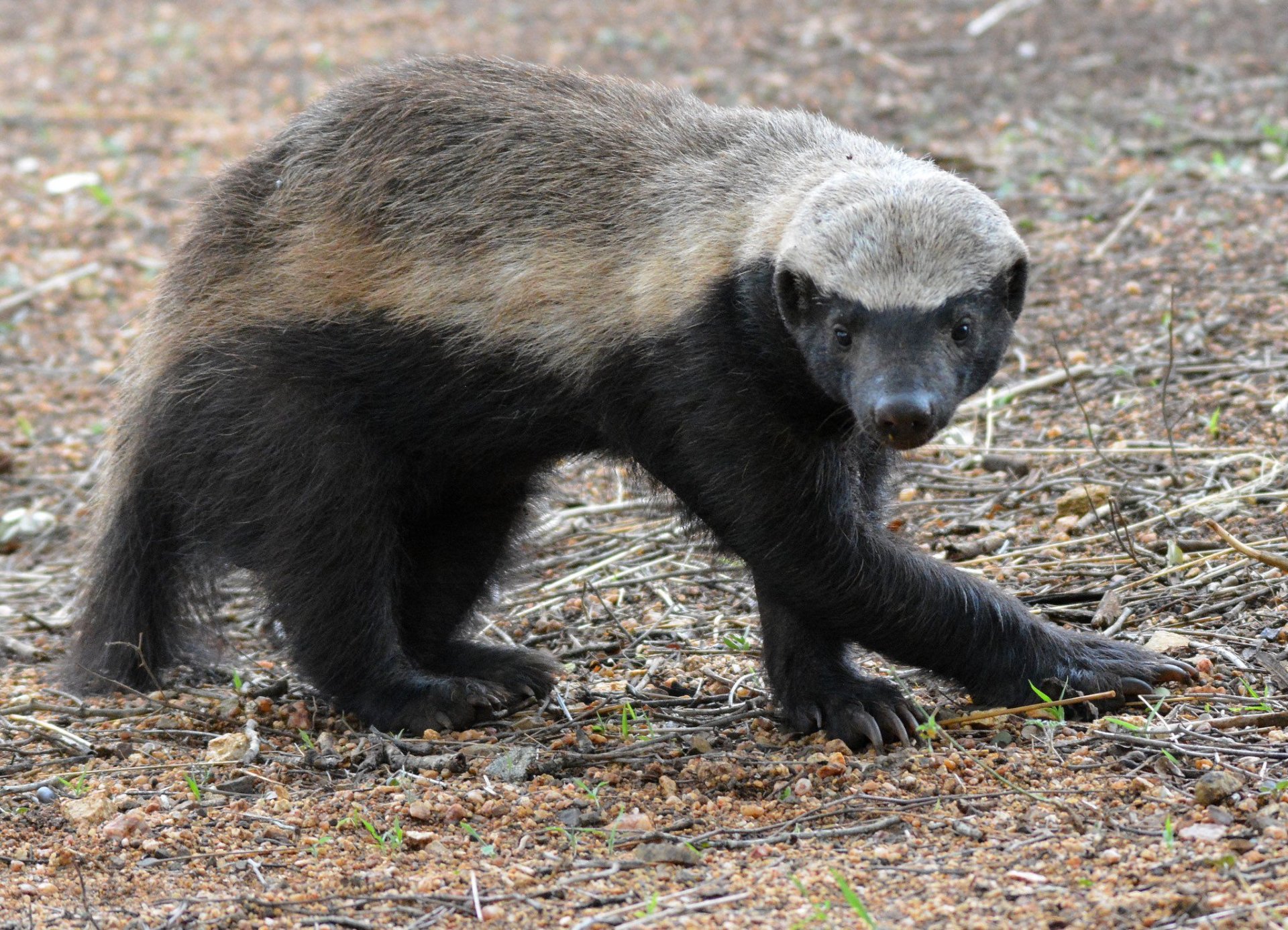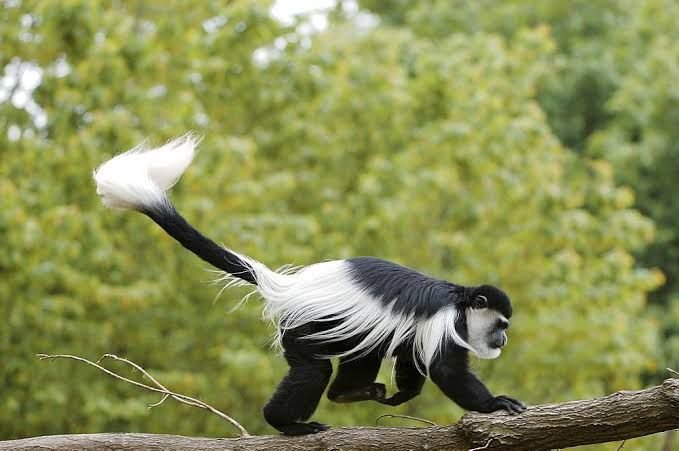Honey Badger
The honey badger is a fierce small animal that can take down and devour even the most dangerous of prey, such as a cobra. This weasel relative is in the medium size range, yet it acts much larger than it is. It is ubiquitous in Uganda, but sightings are rare due to how similar it is to other badgers, skunks, otters, and ferrets

The honey badger, or Mellifera capensis, is a species of mammal that may be found across much of Africa, Southwest Asia, and the Indian subcontinent. Given its widespread distribution and presence in different environments,
The Mellivora honey badger is unique among mustelids, being the only surviving member of its genus, Mellivora, and its family, Mellivorinae. The honey badger shares more of its anatomy with weasels, despite its name, than it does with other badger species. Because of its tough hide, massive build, and formidable defences, this mostly carnivorous species faces few natural enemies.
The honey badger is somewhat long but noticeably stocky and wide in the shoulders and upper back. The animal can freely twist and turn within its skin, which is incredible. The muzzle is short and the head is tiny and flat. Small eyes and ears that are mostly just ridges on the skin could be a way for animals to hide when they are in battle. Honey badgers have short, powerful legs and five toes on each foot. Very powerful claws are attached to each foot; these are somewhat short on the back feet but incredibly long on the front.
Honey Badger Behaviour
Honey badgers are usually solitary, but in May, when they are breeding, they have been seen hunting in pairs in Africa. This species also makes use of abandoned aardvark, warthog, and termite burrows. It is a competent digger that can bore through rock in just 10 minutes.
The honey badger has a scary reputation because of how strong, aggressive, and tough it is. If there's no way out, it will attack viciously and fearlessly, supposedly even scaring off larger predators like lions and hyenas.
Honey Badger Diet
After the wolverine, the honey badger has the least specialised diet of the weasel family. It gets most of its food by digging holes for grubs and other animals that live underground. Bee larvae and honey are two of its favourite foods, hence it frequently attacks beehives in pursuit of them. Frogs, tortoises, turtles, lizards, rats, snakes, birds, and eggs are all among its favourite foods. Furthermore, it feeds on berries, roots, and bulbs. Stones are pried off the ground and tree bark is torn off when it goes on a vegetable gathering trip. to the point that some folks have been seen chasing lion pups away from killings. It holds down its prey with its forepaws and eats everything on it, including the skin, hair, feathers, muscle, and bones. It appears to subsist mostly on small vertebrates, but it will eat a variety of other vertebrates.
Reproduction of honey badgers
The honey badger's reproductive behaviour is largely unknown. In most cases, it has two blind cubs after a pregnancy that lasts around six months. Its wild lifetime is a mystery, but specimens kept in captivity have been documented to live for up to 24 years. When a honey badger speaks, it makes a raspy "khrya-ya-ya-ya" sound. Males make loud grunting noises when mating. Cubs communicate with each other by making pitiful whining sounds. Honey badgers cry out like baby bears when they are threatened by canines.
It is somewhere in Uganda that tourists can view honey badgers.
Even though they are common, honey badgers are not often seen and are rarely met in Uganda. The zorilla (or striped polecat) and the striped weasel are two other mustelids that can be found in Uganda.
What's Your Reaction?
 Like
1
Like
1
 Dislike
0
Dislike
0
 Love
0
Love
0
 Funny
0
Funny
0
 Angry
0
Angry
0
 Sad
0
Sad
0
 Wow
0
Wow
0













































































